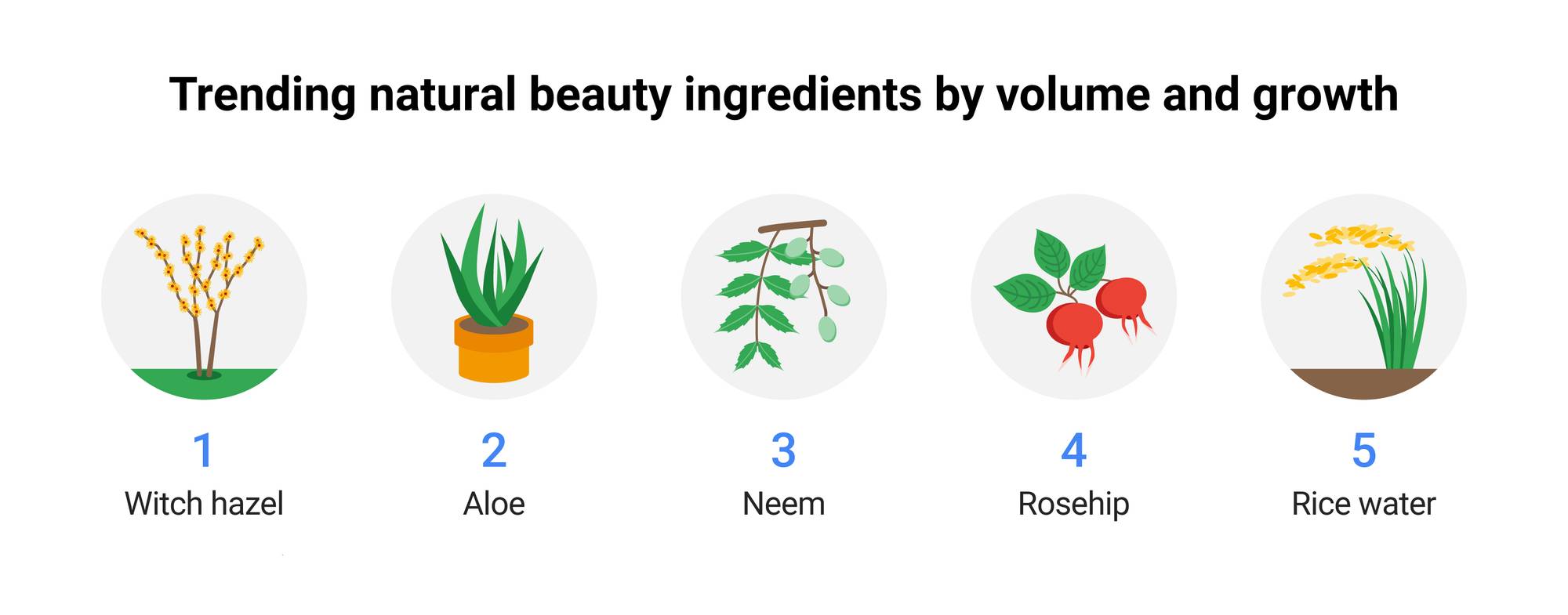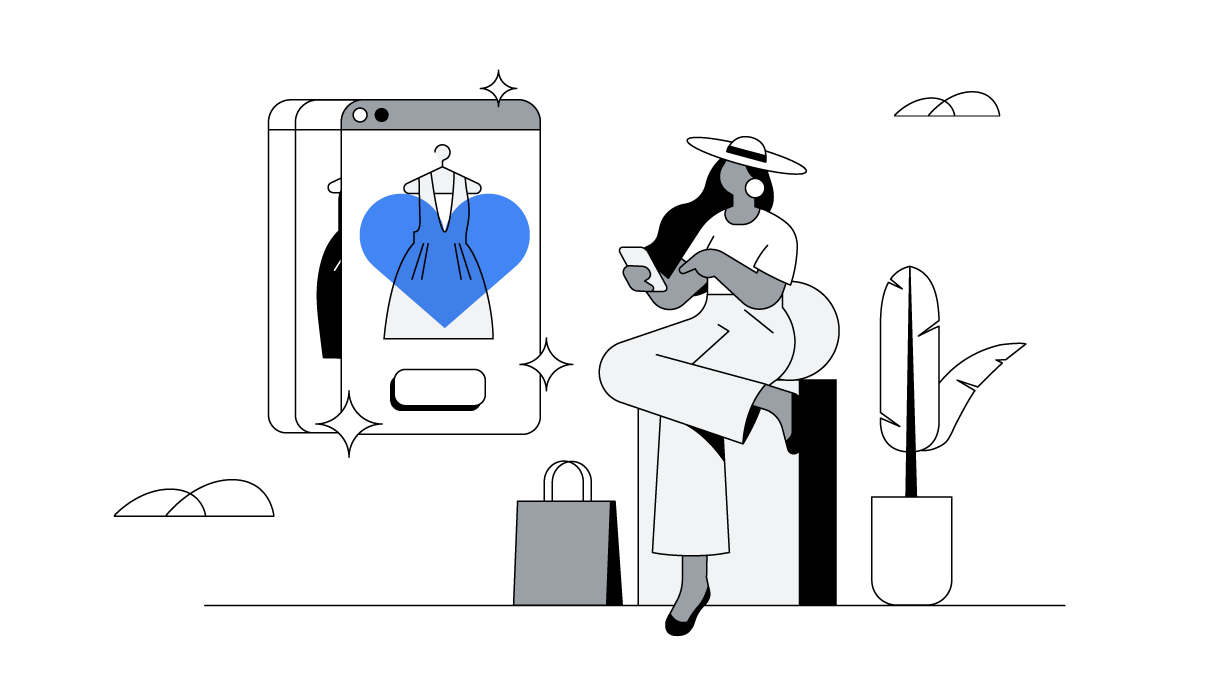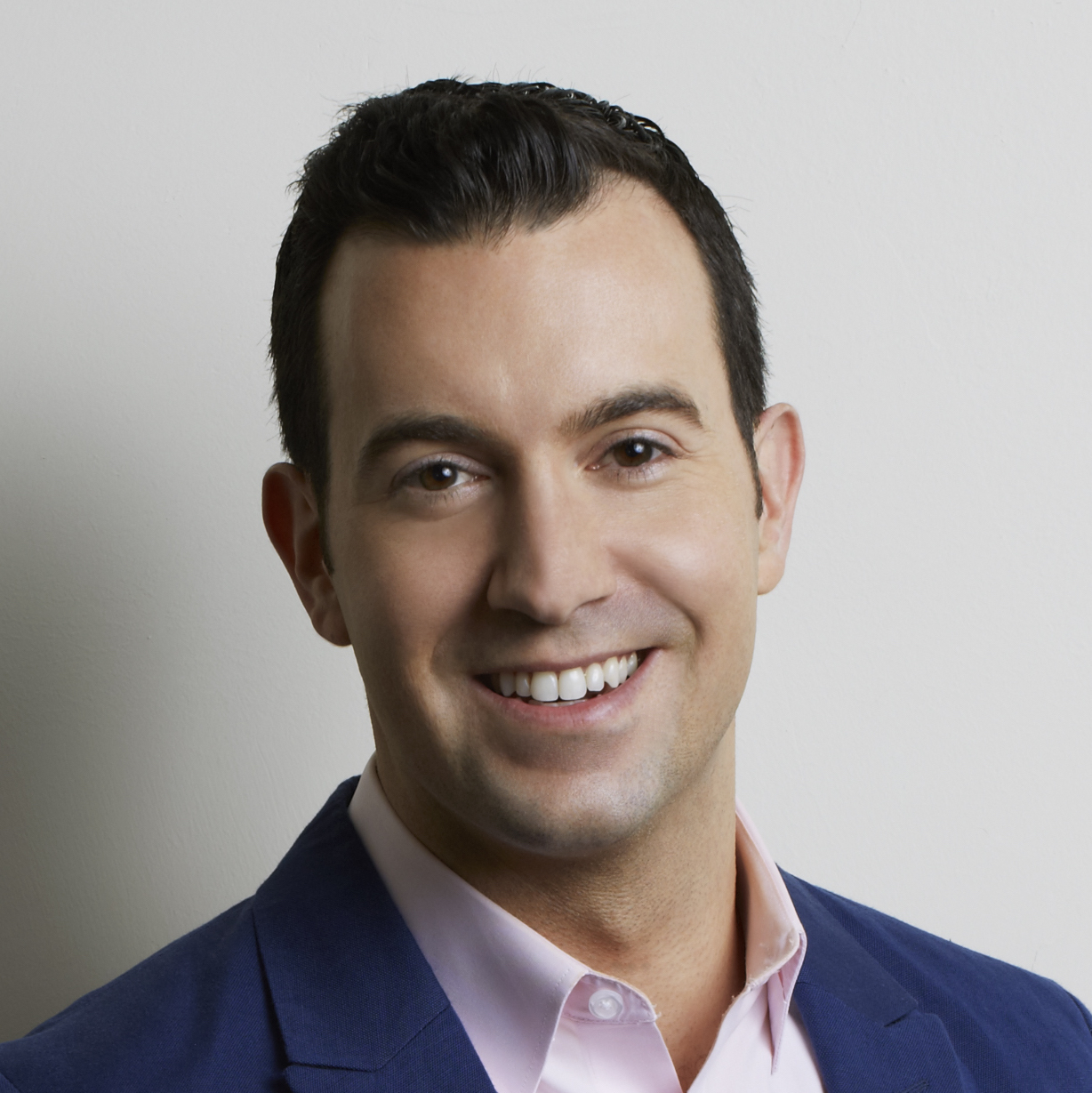“What’s trending?” As the head of a team of trendspotters at Google, that’s the question I hear the most from the brands we work with. And I get it. Four years ago, when I was leading marketing for a big beauty brand, I was asking the exact same question. After all, everyone wants the first-mover advantage.
But recent Google Search and YouTube watch time data reveals something interesting: The hottest beauty ingredients are almost certainly ones you’ve already heard of – and they could even be in the products you already have in the market.
What beauty enthusiasts are searching for
First a note on how my team approaches trendspotting. All too often, we see marketers who focus on flashes in the pan – in other words, short-lived trends that have already peaked and wouldn’t remain relevant past the third month of the R & D cycle. Instead, my team focuses on the shape of the search curve over time. This allows us to identify rising trends that will stand the test of time.
So what did we discover when we dug into this past year’s data? The first thing we saw was that interest in “natural” and “organic” beauty products is still going strong. One thing has changed, though: Whereas in the past, beauty fans would carry out generic searches – “organic concealer,” say – today they’re less vague. In fact, we saw almost 90 million searches for specific natural beauty ingredients.1
As for the exact ingredients that people are looking up, most of them will sound very familiar to beauty industry marketers. They’re age-old skin care and hair care ingredients that you might have found in your grandmother’s bathroom cabinet.

But while the trending skin care and hair care ingredients themselves might be traditional, the ways in which beauty fans are using them is slightly less conventional.
Take aloe, for instance. Your product team might tell you that it’s best used to soothe a sunburn, but it’s likely being used by consumers in many other ways. Just look at YouTuber T’keyah B’s homemade aloe mask video, which yielded over one million organic views in its first four months. Other influencers have seen similar success with videos showing how aloe can help fight acne and boost hair growth. So while skin care and hair care marketing teams all too often live in silos, that’s not how consumers are experiencing them.
What these beauty industry search trends mean for marketers
It’s tempting to take this list of trending ingredients and say, “Let’s get this over to R & D.” But before you do that, take a closer look at the products that you already have on store shelves. Really, take a look at the ingredient list and see what’s in there. Because there’s a very good chance that your products already contain some of the top ingredients people are searching for – you’re just not putting those ingredients front and centre.
There’s a very good chance that your products already contain some of the top ingredients people are searching for.
Let’s go back to the example of aloe vera. When we carried out an analysis in 2017, 90% of top beauty videos about aloe did not mention a brand.2 That huge gap presents an opportunity for beauty brands that already have products featuring this sought-after ingredient. The trick is to make sure that the people who are searching for these trending ingredients make the association with your brand and product.
Tools like custom intent, which helps advertisers connect with YouTube viewers who have recently searched for keywords on Google, make that process simple. When combined with tools like Director Mix, which allows brands to easily create tailored versions of one basic video asset – for example, one for people interested in aloe vera and another for those searching for witch hazel – the results can be powerful and personalised.
As marketers, it’s our job to spot what might be the “next big thing” and use those insights to drive product innovation. But brands can also win with innovative messaging based on a deeper consumer understanding. So the next time you open your grandmother’s bathroom cabinet, think about how a whole new generation is currently using Google and YouTube to discover that what’s old is new again.






